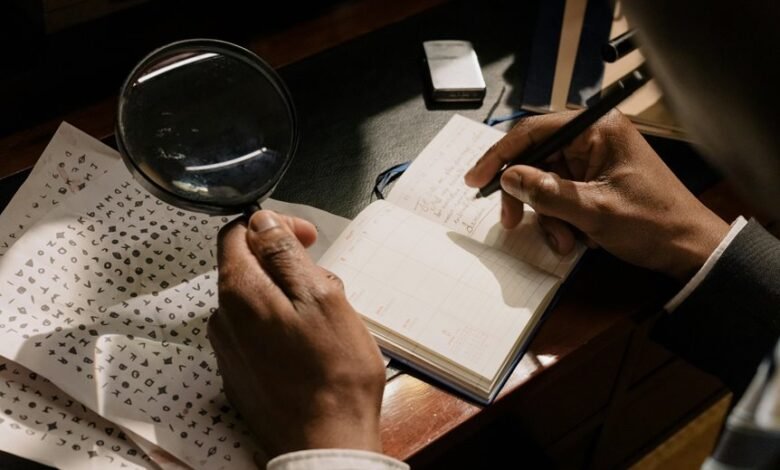Sports Harmonicode: Decoding the Sports Code

The Sports Harmonicode represents a significant shift in understanding athletic performance. By merging sports science with musical theory, it uncovers the rhythmic patterns that govern movement dynamics. This approach not only enhances individual expression within teams but also promotes a deeper cultural appreciation among athletes. As teams begin to adopt these principles, the question arises: how will this innovative framework reshape the landscape of modern athletics?
The Origins of the Sports Harmonicode
The Sports Harmonicode, a pioneering framework aimed at enhancing athletic performance through a multifaceted approach, finds its roots in the convergence of sports science and musical theory.
Its origins are shaped by cultural influences and historical context, reflecting diverse practices and philosophies.
This innovative model integrates rhythmic patterns and movement dynamics, resonating with athletes' innate desires for freedom and expression in their sporting endeavors.
Key Principles and Unwritten Rules
Central to the Sports Harmonicode are several key principles and unwritten rules that guide its application in athletic training and performance enhancement.
Emphasizing sportsmanship etiquette and competition integrity, these guidelines foster a culture of respect and fairness.
Athletes are encouraged to uphold these standards, ensuring that their pursuit of excellence does not compromise the spirit of the sport, ultimately promoting a balanced competitive environment.
The Impact of the Sports Harmonicode on Team Dynamics
While many factors contribute to the success of a team, the implementation of the Sports Harmonicode significantly influences team dynamics.
By fostering team cohesion, it enhances interpersonal relationships and trust among players. Additionally, effective communication strategies are cultivated, allowing for clearer expression of ideas and feedback.
Ultimately, the Sports Harmonicode serves as a vital framework that empowers teams to thrive collaboratively and achieve their goals.
Conclusion
In essence, the Sports Harmonicode serves as a symphony that harmonizes athletic prowess with artistic expression, transforming the landscape of competitive sports. By intertwining rhythmic patterns and movement dynamics, it not only cultivates individual creativity but also fosters unity within teams. This innovative framework reshapes the understanding of performance, allowing athletes to transcend traditional boundaries. Ultimately, the Sports Harmonicode is a bridge, connecting diverse cultural influences and redefining the very fabric of modern athletics.





